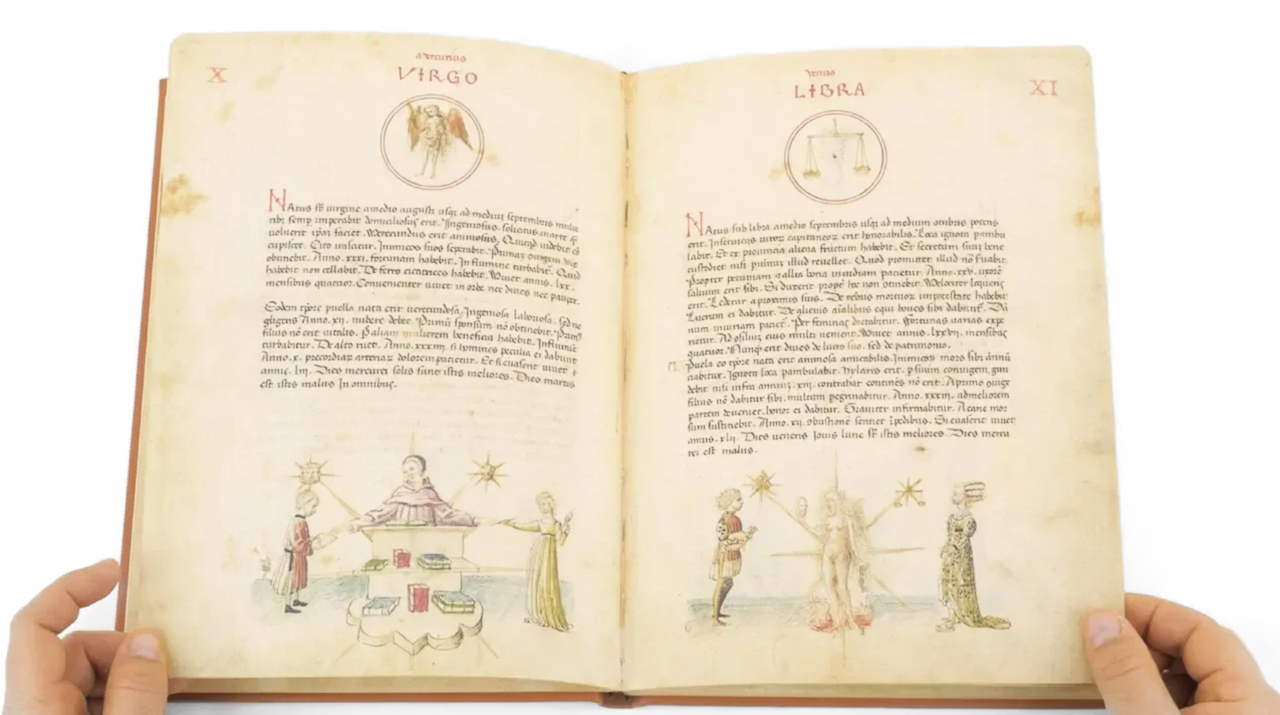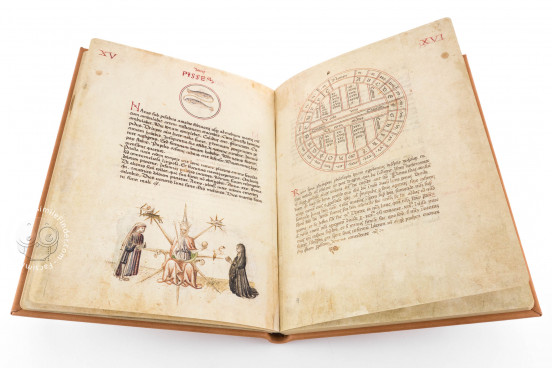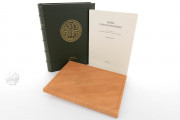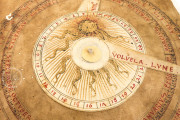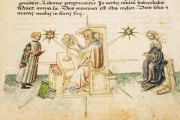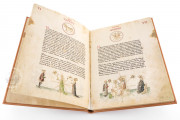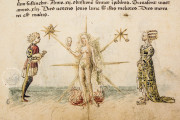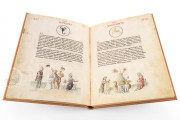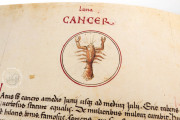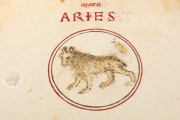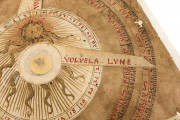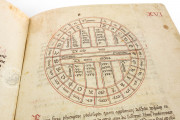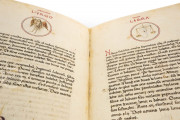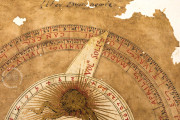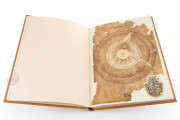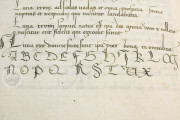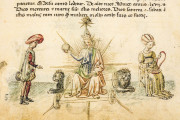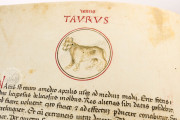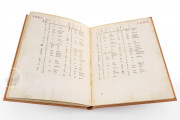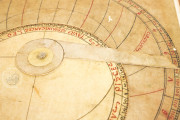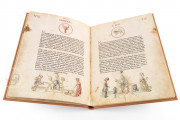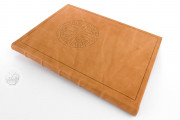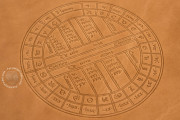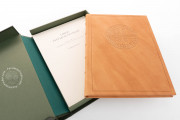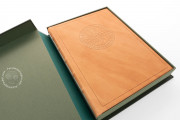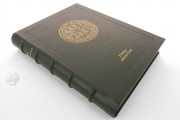The Liber Physiognomiae is a collection of texts dealing with astrology, divination, and medicine. The manuscript was written and illuminated in the Veneto around 1440. Generations later, it was given its somewhat misleading title: although the effect of the stars and planets on human physical characteristics is considered, the book is more pervasively concerned with the influence of the celestial bodies on the character, illnesses, and destinies of men and women. It is famous above all for its twelve depictions of personifications of the planets.
The Liber Physiognomiae reflects medieval understandings of prognostication according to the motions of the celestial bodies. Among the texts is a monthly chronicle of healthy eating and drinking by Pietro d'Abano (d. ca. 1315), and Pietro may have been responsible for assembling these texts more than a century before they were written in the Modena manuscript.
The Planets Personified
One of the manuscript's longer texts describes the destiny of men and women born under each zodiac sign (fols. 3r-8v). The sign of the zodiac is pictured at the top of each page, and the bas-de-page is occupied by a representation of the personification of one of the seven planets of antiquity, flanked by a man and a woman. The ages of the flanking figures reflect Ptolemy's understanding of the influence of the planets over different phases of life, from infancy to old age.
The personifications often take their attributes from their namesakes. Venus, for example, holds a mirror (fols. 3v and 6r), and Mars—named for the god of war—is shown as an armored knight (fol. 3r). Mercury, associated with reason and eloquence, is depicted as a scholar (fol. 4r) and as a monk with a book cabinet (fol. 5v).
Precedents in Fresco
Aspects of the iconography of the planets show a kinship with the depictions of the planets in wall paintings decorating the Church of the Eremitani and the Palazzo della Ragione, both in Padua and inspired by the appreciation for ancient Greek and medieval Arabic astrology spurred by the presence of Pietro d'Abano at the university.
Working Wheel Charts
The manuscript has two volvelles—wheel charts with moveable parts. The first (front flyleaf) functions as an astrolabe to determine latitude, and the second (back flyleaf) seems to be intended to calculate the times of sunrise and sunset.
Three Scribes, Two Styles of Script
Three scribes wrote the manuscript. The lion's share of the text (fol. 1r-29r) was written in a formal script. Initial majuscules of sub-sections and marginal synopses of contents are in red. A second scribe, whose writing is distinguished by exaggerated ascenders and descenders, added a text about the phases of the moon and propitious times for commerce, building, and marriage (fols. 29v-30v). A third scribe contributed a monthly table for reconciling the solar and lunar calendars (fols. 31r-34r).
Made for a Renaissance Prince?
The manuscript was undoubtedly intended for someone who could read its Latin text, and—although not deluxe—it is a handsome book. It has been speculated that it was created for a member of Este family of Ferrara. Still, there is no secure evidence of the book's ownership before it appears in the library of Tommaso Obizzi (d. 1803). Obizzi willed his collections of art and books to Ercole III d'Este (1727-1803), Duke of Modena and Reggio, but they remained at Castello del Catajo near Padua. The manuscript was transferred to the Biblioteca Estense in Modena in 1817. The Estense library effectively merged with the university library at the Risorgimento, and the Biblioteca Estense Universitaria was officially established in 1995.
We have 1 facsimile edition of the manuscript "Liber Physiognomiae": Liber Physiognomiae facsimile edition, published by Il Bulino, edizioni d'arte, 2000
Request Info / Price
